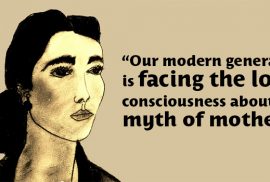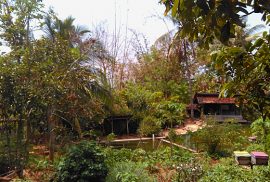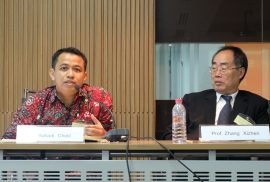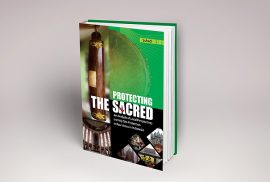Ali Jafar | CRCS | Wednesday Forum Report
In the beginning of her presentation, she drew a picture portraying goddesses of Nusantara (Indonesia Archipelago) on white board and told about narrative and myth over the mothers. She said that in humility paradigm of ecofeminism, all trees, animals, land and water have its own systems of thinking and communicating. How the stone whispers, why the water is raging, and how the land thinks. There is equality between human being and other non-human being. It was Dr. Phil. Dewi Candra Ningrum, the editor- in chief of Jurnal Perempuan (JP- Indonesian Feminist Journal) presenting in the CRCS’ Wednesday Forum on November 25th 2015.
















 This book investigates three key questions: (a) To what extent can the Universal Code of Conduct on Holy Sites be used to campaign for respect and protection towards houses of worship and holy sites in Indonesia? (b) What are the public’s perceptions and public knowledge about houses of worship and holy sites as well as its attitude towards the recognition and respect for them? (c) How does social change affect the relationship between religions and the protection of houses of worship and holy sites in certain areas of Indonesia? The investigation took place in four areas of Indonesia: Manado, Pontianak, Bali, and Bekasi.
This book investigates three key questions: (a) To what extent can the Universal Code of Conduct on Holy Sites be used to campaign for respect and protection towards houses of worship and holy sites in Indonesia? (b) What are the public’s perceptions and public knowledge about houses of worship and holy sites as well as its attitude towards the recognition and respect for them? (c) How does social change affect the relationship between religions and the protection of houses of worship and holy sites in certain areas of Indonesia? The investigation took place in four areas of Indonesia: Manado, Pontianak, Bali, and Bekasi.

